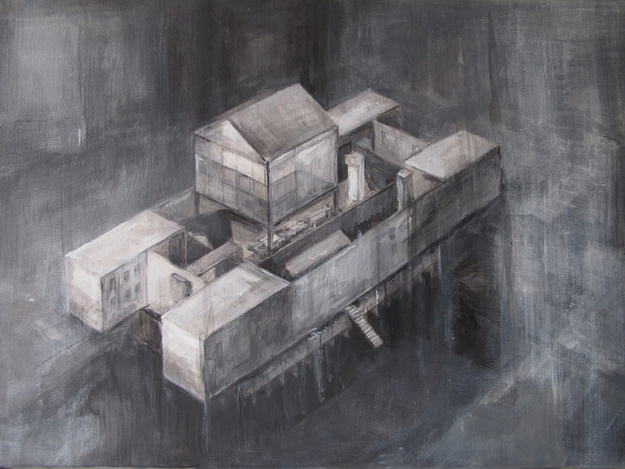More information
The process of building the House is as important as the final result: the Eutopia project spans several years and systematically results in the creation of individual sections or rooms of the House which can travel all over Europe. Consequently, the House of Eutopia is mobile and the ‘pars pro toto’ principle applies to the rooms: each section reflects the whole, which is an architectural ‘Gesammtkunstwerk’. The House of Eutopia consists of five rooms or installations. The two opposite poles of the house are the cellar and the attic. The cellar contains Europe’s damaged or suppressed past; the attic houses the utopia and new concepts for the future. Between these two poles the current European social and political context is housed in three separate rooms, discussing themes from migration and minorities to the notion of European citizenship.
